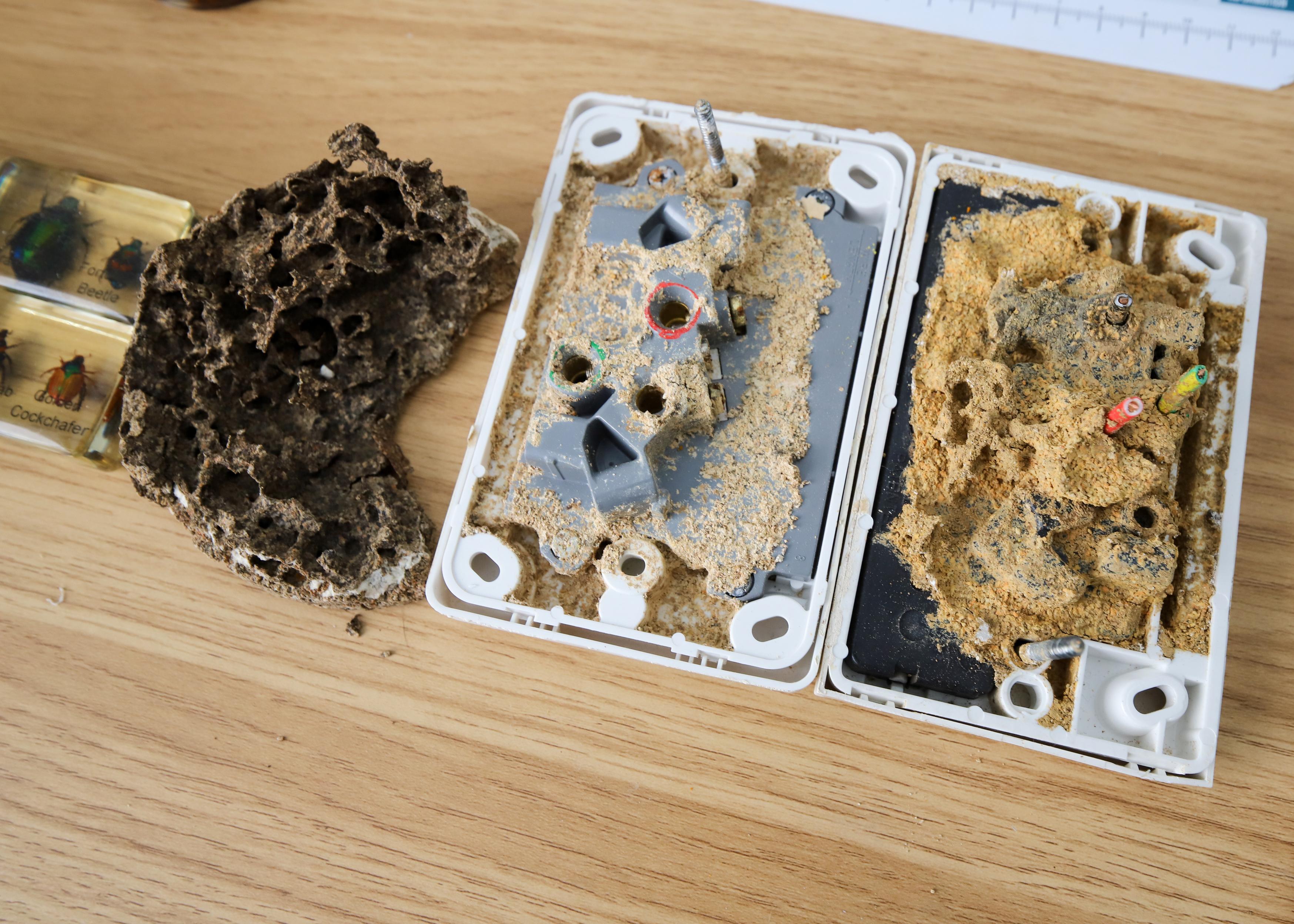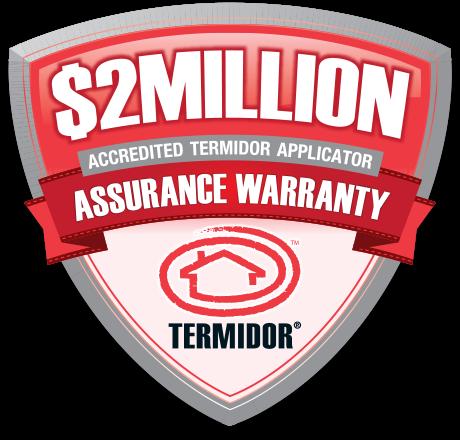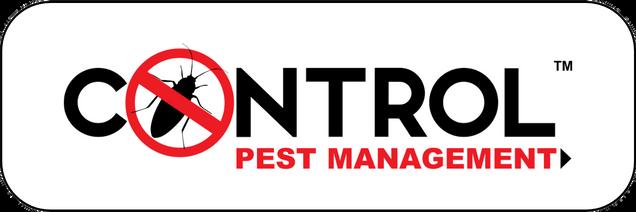
2 minute read
CHAPTER 01 Identifying Termite Damage
Signs Of Termite Damage
Structural Decay: One of the most alarming indicators of a termite infestation is visible decay in the structure of your home This can manifest as weakened, sagging floors or ceilings, and damaged support beams
Advertisement
Crumbling Wood: Termites feed on wood, leaving behind a trail of destruction You might notice wood that crumbles easily upon touch or appears excessively weathered
Hollowed-Out Furniture: Wooden furniture is not immune to termite damage. Tapping on wood and hearing a hollow sound can indicate that termites have eaten away the interior.
Mud Tubes: These pencil-sized tubes on exterior walls or in crawl spaces are highways for termites and a clear sign of infestation.
Frass: Termites leave behind their droppings, known as frass, which resemble small, wood-colored pellets.
Prevention And Action

ARegular Inspections: Schedule routine termite inspections with a professional pest control service to catch infestations early. Reduce Moisture: Termites thrive in moist environments. Ensure your home is well-ventilated and fix leaks promptly.

Clear Wood Debris: Keep firewood, lumber, and paper away from your home’s foundation to discourage termite attraction.

Physical Characteristics of Termites
Physical Characteristics of Termites: Your Visual Guide to Early Detection
Being able to identify termites is a crucial step in preventing them from causing extensive damage to your property. These small but destructive creatures have distinct physical features that set them apart from other pests.
KEY CHARACTERISTICS OF TERMITES:
Body Structure: Termites are typically characterized by their soft, white, or light-colored bodies Unlike ants, their bodies are more uniform in shape, lacking the pinched waist
Size: Most termites are about a quarter of an inch to half an inch long
Antennae: Termites have straight, bead-like antennae This is a key distinguishing feature from ants, which have elbowed antennae
Wings: Reproductive termites, often called swarmers, have two pairs of long, equal-sized wings These wings are typically shed after swarming to find a new place to start a colony
LIFESPAN AND SOCIAL STRUCTURE:
Worker Termites: These are the ones most commonly found in infested wood. They are responsible for feeding the colony and can live for a few years.
Soldier Termites: Their primary role is colony defense and they are recognizable by their larger mandibles (jaws).
Queen Termites: The queen termite has a remarkably long lifespan, often living for decades. She is larger than the other members of her colony and is responsible for laying eggs to sustain the colony's population.
WHY IDENTIFICATION MATTERS:
Understanding these characteristics is vital in early detection Early intervention can prevent minor termite activity from becoming a fullblown infestation, saving you significant repair costs and maintaining the structural integrity of your property
If you spot insects that match these descriptions, it's a strong indication that you may have a termite problem In such cases, professional intervention is recommended Control Pest Management Brisbane specializes in termite detection and eradication Our experienced team uses advanced technology and methods to effectively deal with termite infestations, ensuring your home remains safe and secure
Remember, the sooner you identify and address a termite issue, the better your chances of protecting your property from serious damage Stay vigilant and don't hesitate to reach out to Control Pest Management Brisbane for expert assistance





